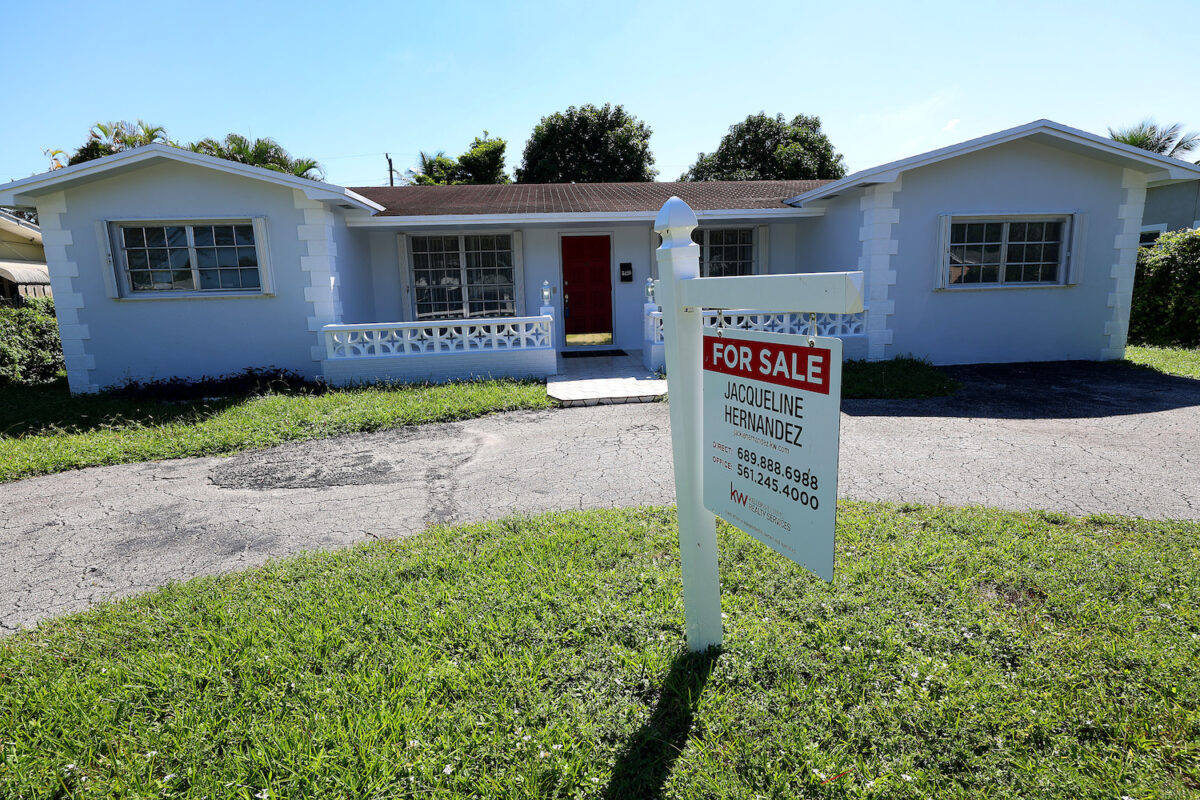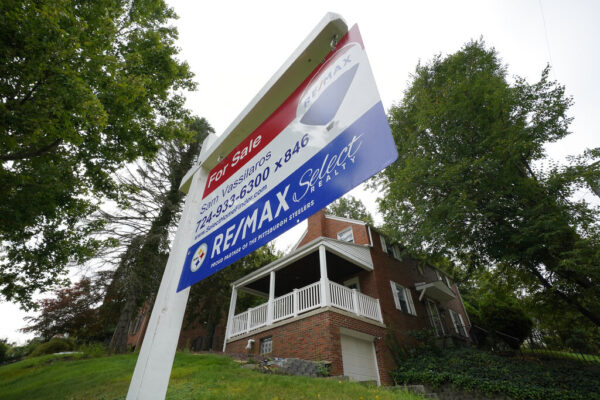


Despite the 30-year mortgage rate falling to a seven-week low, applications to purchase a residential property tumbled for the first time in a month.
For the week ending March 31, U.S. mortgage applications declined 4.1 percent, the first weekly drop since the week ending Feb. 24, according to the Mortgage Bankers Association’s (MBA) Weekly Mortgage Applications Survey.
Applications to purchase a home fell 4 percent from last week, while applications to refinance a mortgage slipped 5 percent.
The 30-year mortgage rate eased to 6.4 percent, down 6.45 percent from the previous week, a trend supported by the decline in Treasury yields. This also represented the fourth consecutive weekly slide in mortgage rates.
“Spring has arrived, but the housing market is missing the customary burst in listings and purchase activity that typically mark the season,” said Mike Fratantoni, MBA’s chief economist and senior vice president, in a statement.
Overall, borrowing costs remain elevated, and housing supplies remain low, weighing on national sales activity.
The latest trends could be signaling tighter credit conditions, Fratantoni added.
“While we have seen relative weakness at the high end of the housing market in recent months, the divergence in rates suggests that banks may be tightening credit in response to recent challenges, preserving balance sheet capacity as deposit balances have declined,” he said.
The failures of Silicon Valley Bank and Signature Bank have resulted in economic and financial stresses that could affect the commercial and residential real estate markets, says James Knightley, the chief international economist at ING.
Most of the roughly 4,200 U.S. banks are classified as small (less than $250 billion in assets) but account for approximately 43 percent of national commercial bank lending.
“The deposit flight they have experienced in the wake of recent banking failures leaves them with less scope to lend, even if they wanted to,” Knightley wrote in a note. “Regulators will be paying much closer attention to what each bank has been up to and with the prospect of much tougher regulations to come, banks will be wanting to tidy up their balances sheets as quickly as possible. We doubt big banks will be able to fill the gap, so credit flow will be heavily disrupted.”
This comes after the National Association of Realtors (NAR) reported that pending home sales rose 0.8 percent in February. This was the third straight monthly increase and topped market estimates of a 2.3 percent decline. On an annualized basis, pending home sales plummeted 21.2 percent in February.
“Mortgage rates have improved in recent weeks after the federal government guaranteed the status of most mortgages amidst uncertainty in the financial market. While access to commercial mortgage loans could become increasingly difficult, residential mortgage loans are expected to be more readily available,” said NAR Chief Economist Lawrence Yun in the report.
So where does this leave national home prices?
In February, monthly home prices increased for the first time in eight months, according to Black Knight data. The adjusted home price index edged up 0.16 percent, the best monthly performance since May, as prices expanded in 78 percent of the 50 largest U.S. markets.
“The unfortunate reality is that the scarce supply of inventory that’s the source of so much market gridlock isn’t getting any better,” said Black Night Vice President of Enterprise Research Andy Walden in a statement. “Without a significant shift in interest rates, home prices or household income, this is a self-fulfilling dynamic that is quite likely to continue for some time.”
Prior to the banking crisis, economists’ forecasts for the real estate market were mixed.
MBA economists projected a 0.6 percent drop in 2023 and a 1.2 percent slide in 2024. Freddie Mac expected home prices to slip just 0.2 percent, while Fannie Mae economists’ March report forecast a 3.1 percent decrease this year and a 1.4 percent slump in 2024. CoreLogic predicted that U.S. home prices would climb close to 3 percent between November 2022 and November 2023. The National Association of Realtors anticipated a 1.2 percent jump in existing home prices.
Nik Shah, the founder and CEO of Home.LLC, penciled in a 4 percent year-over-year home price growth for 2023, citing tight supplies, the Federal Reserve cutting interest rates, and low foreclosure risk.
“But unaffordable & overbuilt cities are at risk of significant corrections,” he wrote on Twitter.
Federal Reserve Bank of Dallas economists fear a retreat in the U.S. housing market could extend to other advanced economies.
“Specifically, the perils detected in the U.S. and German housing markets pose a vulnerability to the global outlook because of the size of those nations’ economies and significant cross-border financial spillovers,” Dallas Fed Bank economists wrote in a February 2023 report.
The regional central bank economists warned of a 19.5 percent housing market correction.

